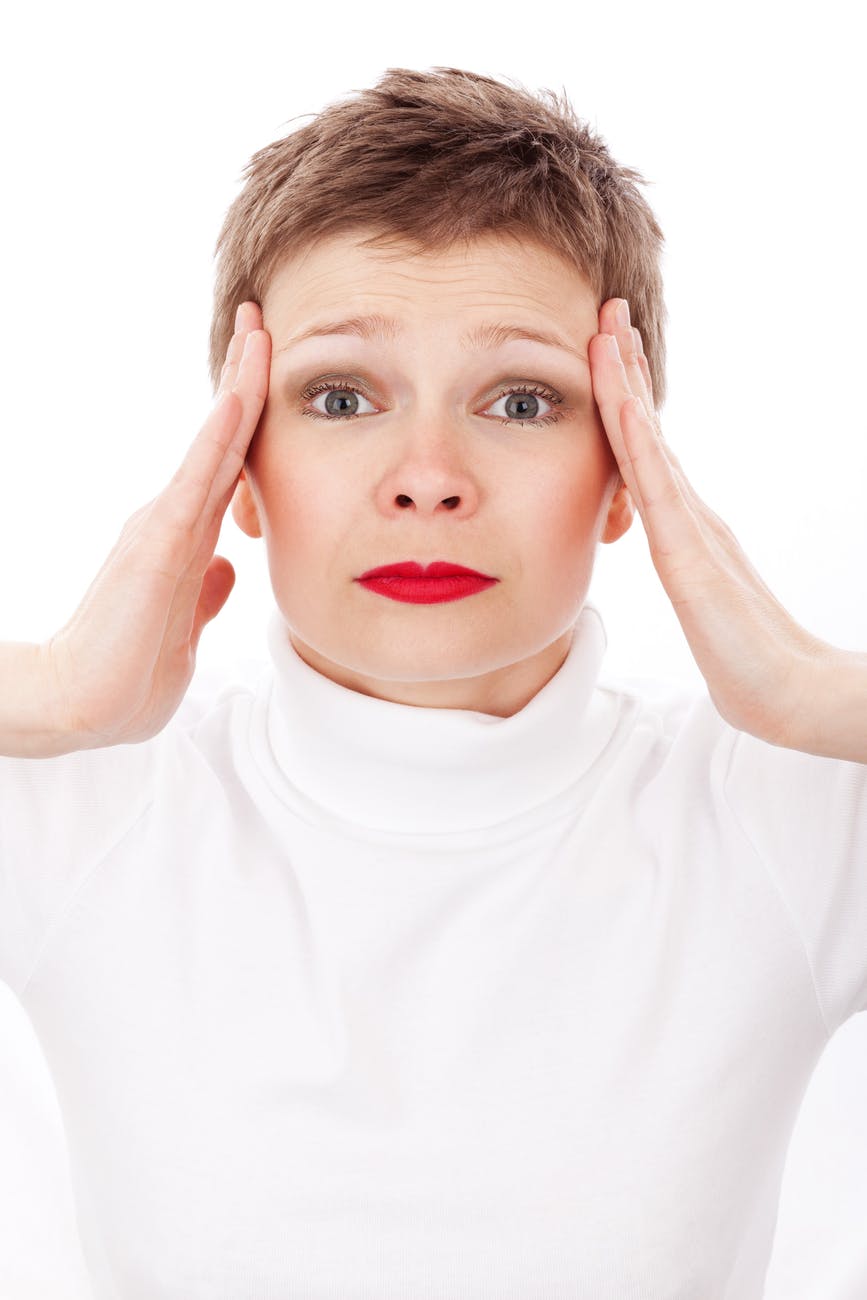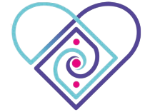
Photo by Public Domain Pictures on Pexels.com
The concept of headaches originating from the neck was first described in 1860 and the term “cervicogenic headache” (CGH) was introduced in 1983. CGHs start from the upper neck near the base and of skull (occiput), as well as the anatomical structures innervated by the cervical nerve roots C1-C3. The headache often follows sudden neck movement or sustained awkward head positioning and is associated with tenderness of the tissues around the neck vertebrae.
Anatomy: The neck typically has 7 vertebrae, which turn on facet joints, arched wing-like structures that stick out either side of the rear part of the vertebrae. They stop the vertebrae from bending and twisting too far and protect the spinal cord, the vital network of nerves running through the centre of each vertebra.
Nerves exit the spine from the either side of spaces between two vertebral bodies, separated by an intervertebral disc.
Intervertebral discs, complex fibro-cartilaginous structures that act as shock absorbers for daily activities separate the vertebrae. They are about 2.5cm in diameter and 5mm thick with a tough, fibrous outer membrane called the annulus fibrous, an elastic core inside called the nucleus pulposus and a cartilaginous endplate. The cells of these structures change as we age; starting as gel, fluid filled sacs in children and hardening to become less elastic and more prone to injury and degeneration with ageing producing pathological symptoms such as pain.
Symptoms: There may be pain from sudden movement of the neck or from holding the neck in the same position for a long time. There is often restricted range of motion in the neck (stiffness), pain in the head, eye, neck, shoulder or arm on one side. There may be random arm pain that may also feel like nerve pain. CGH is a steady pain that can feel worse when you cough, sneeze or take a deep breath. Some of the symptoms can be similar to a migraine, including pain in your arm or shoulder, blurry vision and feeling sick or uncomfortable with bright lights and loud noise. Confusingly, some people can get CGH and migraine at the same time.
Causes: There can be many causes of CGH. Problems in the neck vertebrae, particularly from job related long term postural issues, e.g. hairdressers, dentists, truck drivers and people who carry their heads in front of their bodies, putting extra weight on the neck and upper back, e.g. Texter’s neck. Falls, sports injuries, whiplash and arthritis that may cause compression in the neck vertebrae affecting the nerves even years later. More serious causes of CGH can be a tumour or fracture.
Diagnosis: Because there are so many types and causes of headaches your doctor will ask you about your headaches, what you are doing when you get the pain and where it hurts; whether you have hit your head, have a rash or if it gets worse over time. You may need emergency care if your headache comes on very suddenly, is extremely painful or you start to feel dizzy. Thorough neurological and orthopaedic evaluation may be needed to determine the cause and X-rays, MRI and CT scans as well as nerve conduction and blood tests can rule out more serious issues. Medical history is taken, as well as reflexes and other neurological and orthopaedic tests; examination for strength and flexibility by moving the neck and pressing on certain areas to see if it causes a headache. If a nerve block takes the pain away, the headache is probably caused by a problem in the nerves in the neck.
Treatment: Medical interventions include anti-inflammatory and other pain relief medication, muscle relaxers, nerve blocks and rarely, surgery to release nerves. Physical therapy including massage, manipulation, stretching exercises, acupuncture, yoga, deep breathing and relaxation techniques.
Prevention: Develop good postural habits and consider ergonomics, particularly how you sit at your desk, driving, on the couch when watching television or when using your phone or laptop. Yoga, deep breathing and relaxation techniques. Seek professional help after injury.
Osteopathic/Manual Management: Take a detailed case history to understand the nature of the problem and surrounding issues. Examine the spine, neck and all areas leading to the site of pain; muscles, ligaments, nerves, fascia, etc., for movement, strength and functionality and assess motor nerve pathways. Consider the effect of the condition on the whole body. Perform orthopaedic and neurological tests. Treat to reduce any swelling, muscle tension and pain and improve joint alignment. Advice regarding specific strengthening and stretching exercises as well as postural/ lifestyle advice. Treatment may include manipulation, deep soft tissue massage, trigger point therapy, muscle energy techniques, fascial techniques, dry needling, etc.
We are happy to advise you on your health matters and offer a free 15 minute joint and spinal check, without obligation.
Lin Bridgeford DO KFRP MICAK MICRA FSCCO MSc
Registered Osteopath & Kinesiologist & Yoga Teacher
Aether Bios Clinic
Saltdean
01273 309557 07710 227038
https://linbridgeford.wordpress.com contains all my articles as blogs
